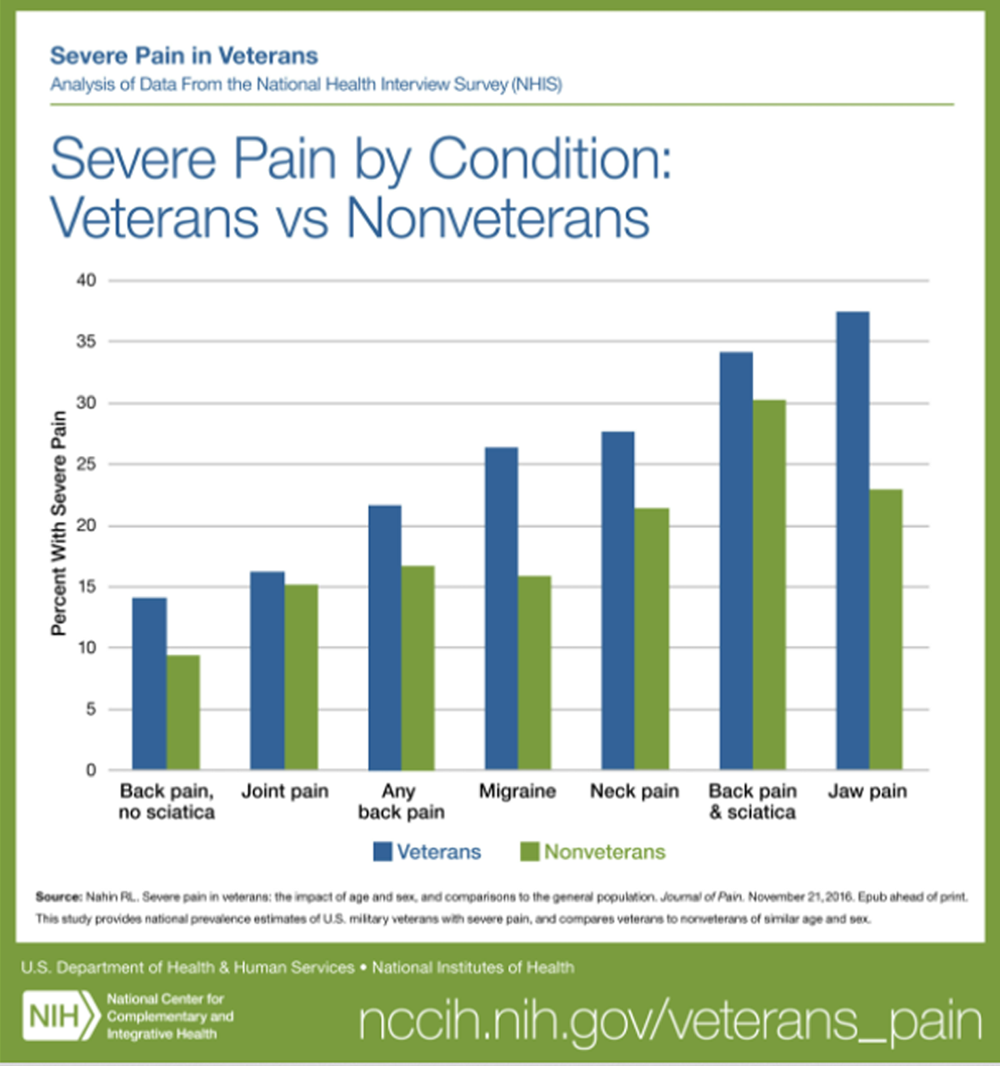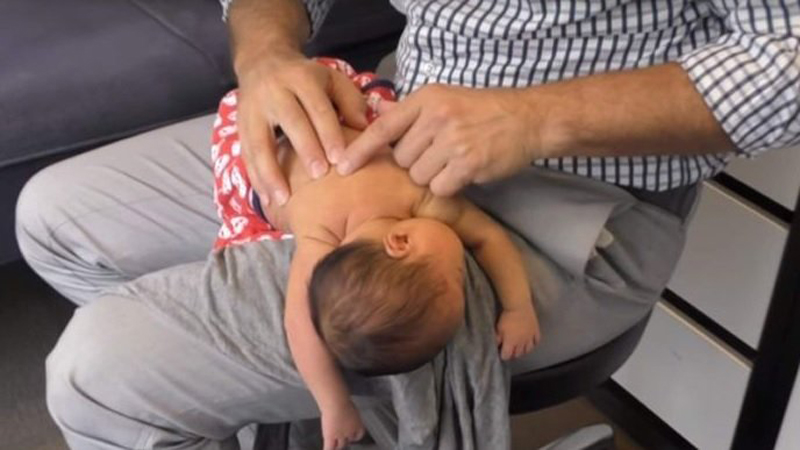Military Report More Complementary and Alternative Medicine Use Than Civilians
SOURCE: J Altern Complement Med. 2013 (Jun); 19 (6): 509–517
Christine Goertz, DC, PhD, Bernadette P. Marriott, PhD,
Michael D. Finch, PhD, Robert M. Bray, PhD,
Thomas V. Williams, PhD, Laurel L. Hourani, PhD,
Louise S. Hadden, BA, Heather L. Colleran, PhD,
and Wayne B. Jonas, MD
Palmer College of Chiropractic,
Davenport, IA 52803, USA.
OBJECTIVES: The study objective was to estimate complementary and alternative medicine (CAM) use among active duty military and compare data with civilian use.
DESIGN: A global survey on CAM use in the 12 previous months was conducted. Final participants (16,146) were stratified by gender, service, region, and pay grade. Analysis included prevalence of CAM use, demographic and lifestyle characteristics.
RESULTS: Approximately 45% of respondents reported using at least one type of CAM therapy. Most commonly used therapies were as follows: prayer for one’s own health (24.4%), massage therapy (14.1%), and relaxation techniques (10.8%). After exclusion of prayer for one’s own health, adjusting to the 2000 U.S. census, overall CAM use in the military (44.5%) was higher than that in comparable civilian surveys (36.0% and 38.3%).
There are more articles like this @ our:
Conclusions Military personnel reported using three CAM stress-reduction therapies at 2.5-7 times the rate of civilians. Among the military, high utilization of CAM practices that reduce stress may serve as markers for practitioners assessing an individual’s health and well-being.
From the FULL TEXT Article:
Introduction
Many people in the united states (U.S.) use complementary and alternative medicine (CAM), [1–7] and its use is increasing. [2] The National Institutes of Health defines CAM as a group of diverse medical and health care systems, practices, and products that are not presently considered to be part of conventional medicine. [8] In 1990, a national survey estimated that 33.8% of U.S. adults used CAM in the previous year, [7] which increased to 42.1% in 1997 [3] and 62% in the 2002 National Health Interview Survey (NHIS). [1] These surveys included spiritual healing and folk medicine in the CAM definition. Results from the 2007 NHIS used a different CAM taxonomy and excluded these practices. [2. 9] When prayer specifically for health reasons was excluded, the 2002 and 2007 NHIS found 36% and 38.3% of U.S. adults, respectively, reported using some form of CAM practice in the last 12 months. [1, 2] While these surveys include a large nationally representative sample, the data are difficult to compare directly across specific CAM practices and overall CAM use due to differences in definitions and practices included in the survey instruments. [2, 9]
These national surveys only include civilian, non-institutionalized individuals; they do not include the 1.3 million active-duty military personnel. [10] This important segment of the U.S. population receives health care from both military and civilian practitioners and is subject to similar health risks as civilians plus additional physical, emotional, and cognitive stress of deployment and combat. [11, 12] It would not be unexpected for military personnel to seek to improve their health through complementary practitioners, potentially at a greater extent due to health and performance expectations, [11] and for the same reasons reported by civilians. [1, 2, 12, 13]
The purpose of this study was to assess the reported prevalence of CAM use by a globally representative sample of active duty military personnel in the Army, Navy, Marine Corps, and Air Force and determine the demographic and lifestyle factors associated with CAM use. In addition, military use of CAM was compared with nationally representative civilian data.
Read the rest of this Full Text article now!




Leave A Comment